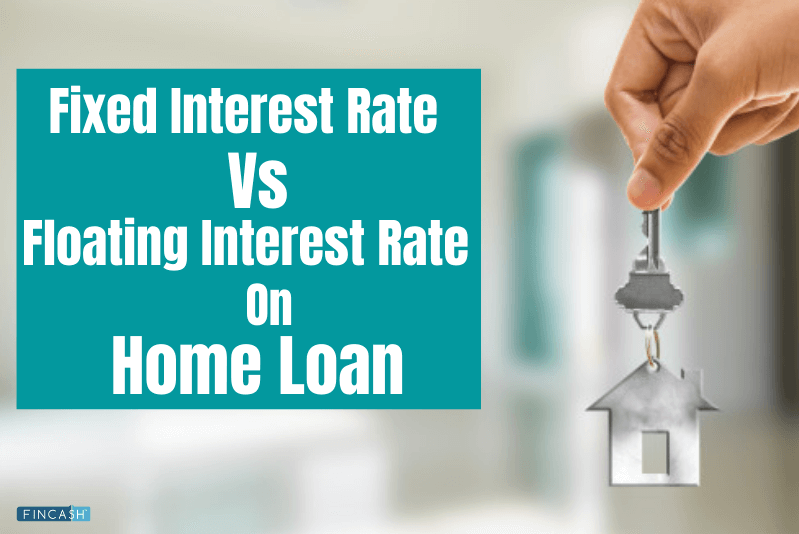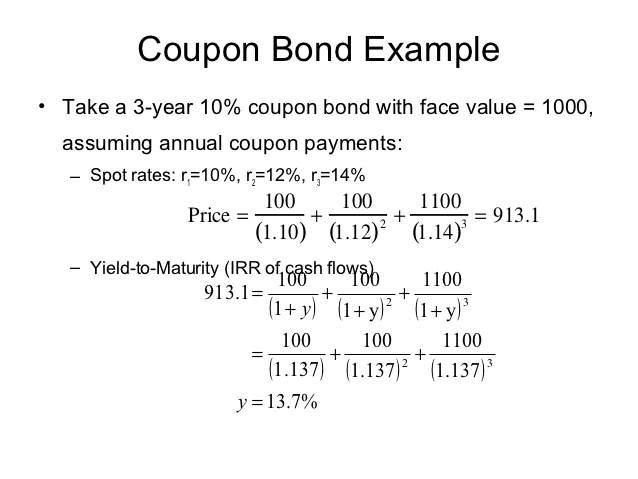
Table of Contents
Absorption Rate
What is Absorption Rate?
The absorption rate is commonly used in the Real Estate sector, it is the rate at which the homes sell in an area over the period of time. An absorption rate is greater than 20%, which is associated with a seller’s Market. With an absorption rate below 15% is associated with a buyer’s market.
Absorption Rate Formula
The formula of the absorption rate is as follows:
Absorption rate = Average number of sales per month/ Total number of available properties
Talk to our investment specialist
Influence in the Real Estate Market
If there are low absorption rates in the market, then a real estate agent may be forced to reduce a listing price to attract sales. On the other hand, if the market has a high absorption rate, then the agent can increase the price without potentially sacrificing demand of the property. The absorption rate plays a crucial role for the buyers and sellers to follow and make decisions at the time of purchase and sales.
In addition, an absorption rate can be a signal for developers to start constructing new homes. During the high absorption rate in the market, the demand may be high enough to permit the further development of properties. Meantime, periods with lower absorption rates indicate a cooling period for construction.
The appraisers use the absorption rate when determining the value of the property. Generally, appraisers are responsible for investigating market conditions and preserving an awareness of the absorption rates for all types of appraisal values. Overall, the current valuation of the home will be reduced during the period of decreased absorption rates and increases during the time of high absorption rates
Example
For instance, if a city has 1000 homes in the market to be sold. If the buyer breaks up 100 homes per month and the absorption rate is 10% (100 homes sold per month divided by 1000 homes available for sale). This showcases the supply of homes, which will be exhausted in 10 months (1000 homes divided by 100 homes sold/month)
All efforts have been made to ensure the information provided here is accurate. However, no guarantees are made regarding correctness of data. Please verify with scheme information document before making any investment.












